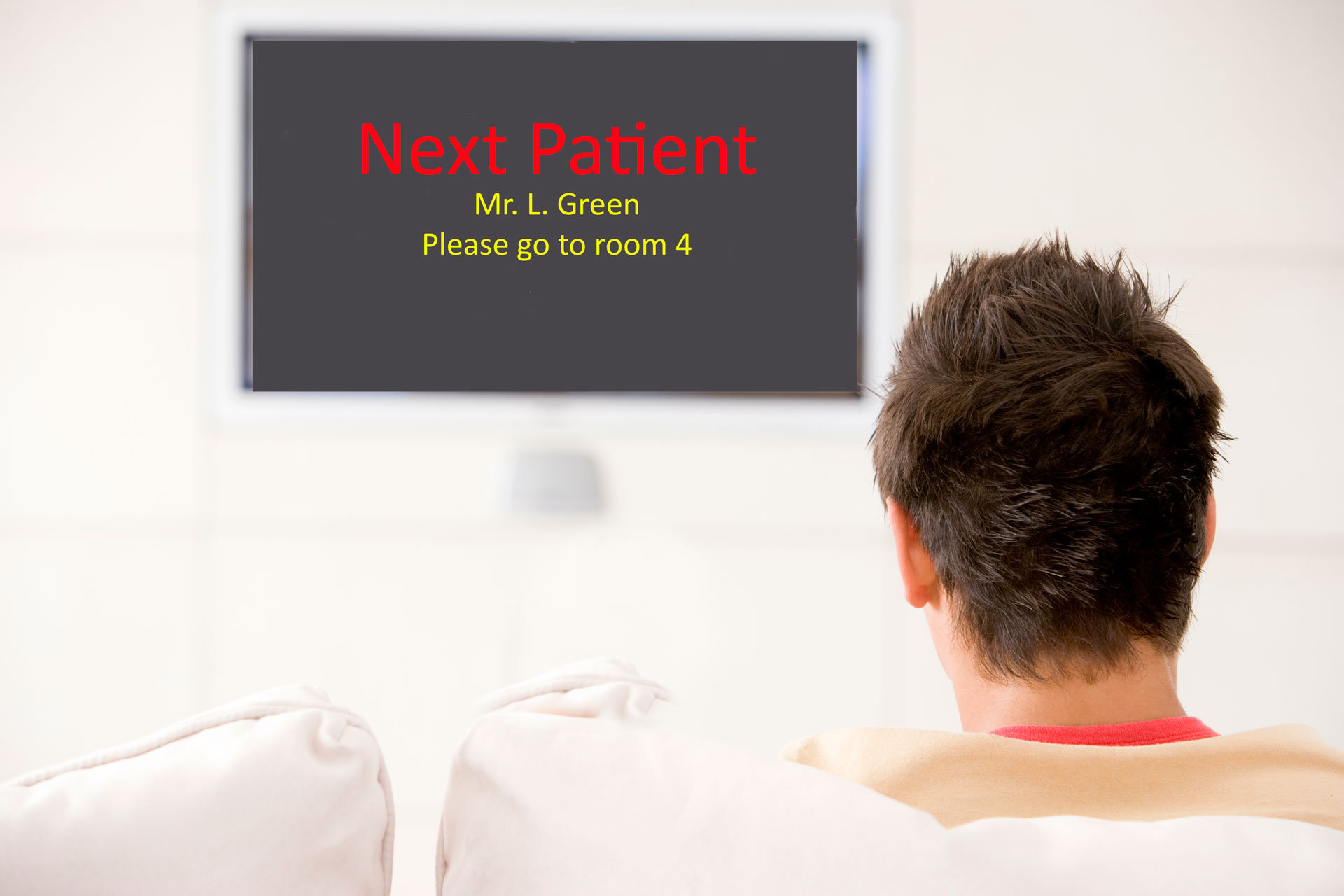Digital signs have become massive in the healthcare industry. It all started with the social distancing rules instituted during the 2020 pandemic. Companies and healthcare providers had to find ways of keeping people apart, and digital signs turned into a great way to do just that.
When Should You Enter?
If you had any healthcare appointments during the lock downs and even afterwards, you would know all about the rules on entry. You are told things like how you shouldn’t arrive more than 15 minutes before your appointment, and some people had to wait in their cars.
Healthcare providers and companies started putting digital signs outside, in hallways, and in waiting rooms. They used them to move traffic around. They used them to disperse people or to remind them about social distancing laws.
We Say When You Enter
At first, we saw people standing at doors and telling people how many could enter stores, businesses, clinics, etc. However, they soon discovered that it was easier with digital signs. Some signs offered a lot of information, like who may enter, how many were already inside, and what the rules were. Some were like waiting room signs where they would call a person by name to enter the building, or the hallway, or the waiting room. Your name appeared on the screen and the screen told you where to go. Then there were the simple signs that simply had a red and green light telling people when they could and couldn’t enter a certain location.
How Things Moved Forwards
Now that there is no pandemic, the digital signs have taken up new roles. Many of them are used in waiting rooms to tell people when they should go and where they should go. However, we are also seeing them in halls to remind people about hygiene, to offer information about health problems, and even to entertain or direct people.
There are also digital signs that take the place of regular signs. For example, outside doctor’s offices, there are signs that say which doctor is inside. They say which department it is, and even tell you if you are at the correct room. This is especially good in places where doctors may change rooms or where different functions occur in different areas.
Offering Up Information
As mentioned earlier, after the pandemic, quite a few healthcare providers and services had more digital signs than they needed, so they started finding creative ways to use them. One of them is to offer up information to the people who enter. Sometimes it is information like how certain drugs may be gained if it is an emergency. Other signs direct people to different rooms to attend different groups and meetings. The good thing about software like Kitcast for healthcare is that users can change what the digital signs say at a whim or may schedule what they say. That way, if there are a number of rooms, and each has different meetings and groups through the day, the digital signs will update to tell people which is where.
Education and Entertainment = Edutainment
There are quite a few dentists offices and clinics that offer edutainment to the people who are waiting in their halls and/or waiting rooms. They teach people things, but they do it in an interesting way. Some of the content they produce is very similar to the sort of things you see on YouTube. Like those videos that explain how your foot itching may be due to a foot fungus, and it shows you a short cartoon of how the fungus attacks the foot. There are many cases where these turn into selling opportunities. With the foot fungus example, the digital sign may go ahead and offer a variety of creams that can be tried along with prices for the creams, perhaps telling people to ask at the desk for the products being described.


